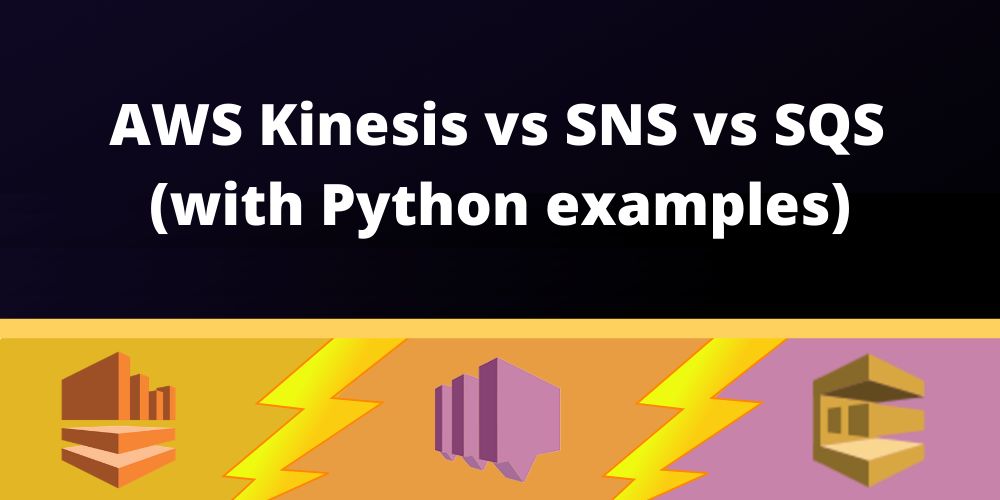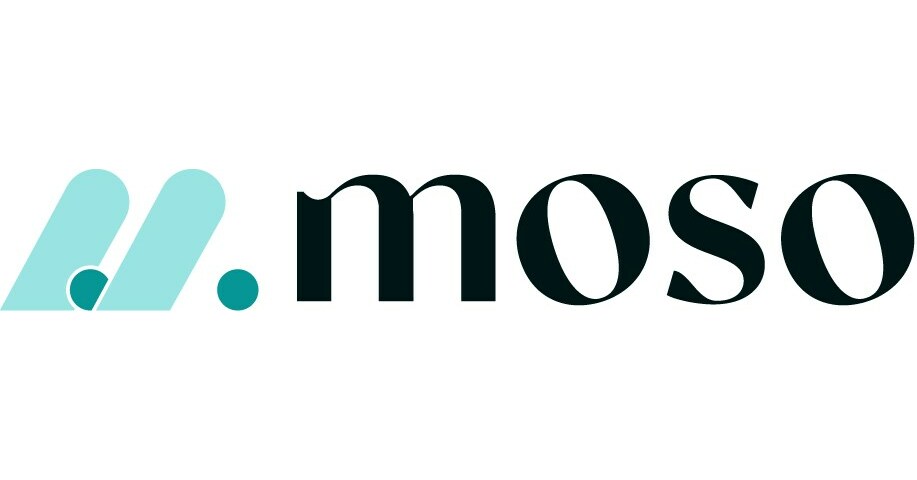
AWS Security Reference Architecture: A guide to designing with AWS security services
Amazon Web Services (AWS) is happy to announce the publication of the AWS Security Reference Architecture (AWS SRA). This is a comprehensive set of examples, guides, and design considerations that you can use to deploy the full complement of AWS security services in a multi-account environment that you manage through AWS Organizations. The architecture and accompanying recommendations are based on our experience here at AWS with enterprise customers. The AWS SRA is built around a single-page architecture that depicts a simple three-tier web architecture, and shows you how the AWS security services help you achieve security objectives; where they are best deployed and managed in your AWS accounts; and, how they interact with other security services. The guidance aligns to AWS security foundations, including the AWS Cloud Adoption Framework (AWS CAF), AWS Well-Architected, and the AWS Shared Responsibility Model.
Security executives, architects, and engineers can use the AWS SRA to gain understanding of AWS security services and features, by seeing a more detailed explanation of the organization of the functional accounts within the architecture and the individual services within individual AWS accounts. The document and accompanying code repository can be used in two ways. First, you can use the AWS SRA as a practical guide to deploying AWS security services—beginning with foundational security guidance, discussing each service and its role in the architecture, and ending with a discussion of implementable code examples. Alternatively, the AWS SRA can serve as a starting point for defining a security architecture for your own multi-account environment. It’s designed to prompt you to consider your own security decisions. For example, you can think about how to leverage virtual private cloud (VPC) endpoints as a layer of security control, or consider which controls are managed in the application account, and how appropriate information can flow to the central security team.


















